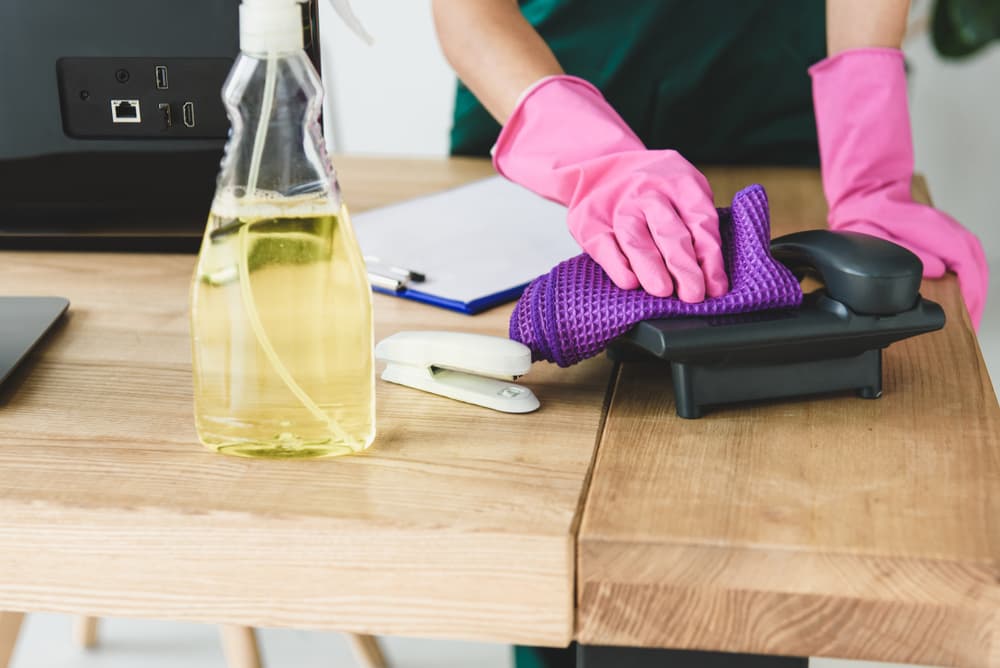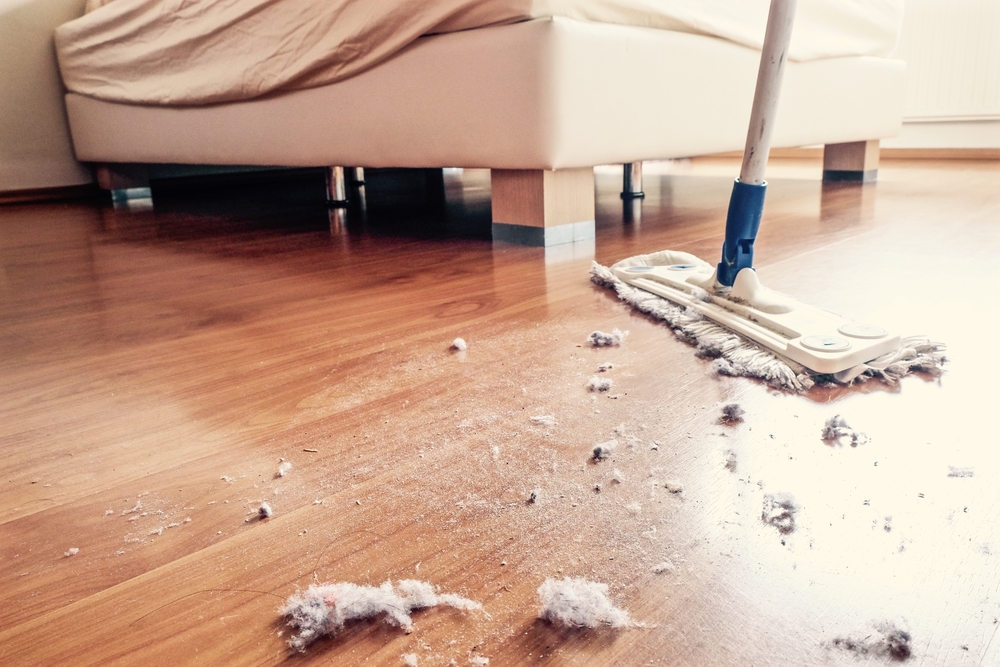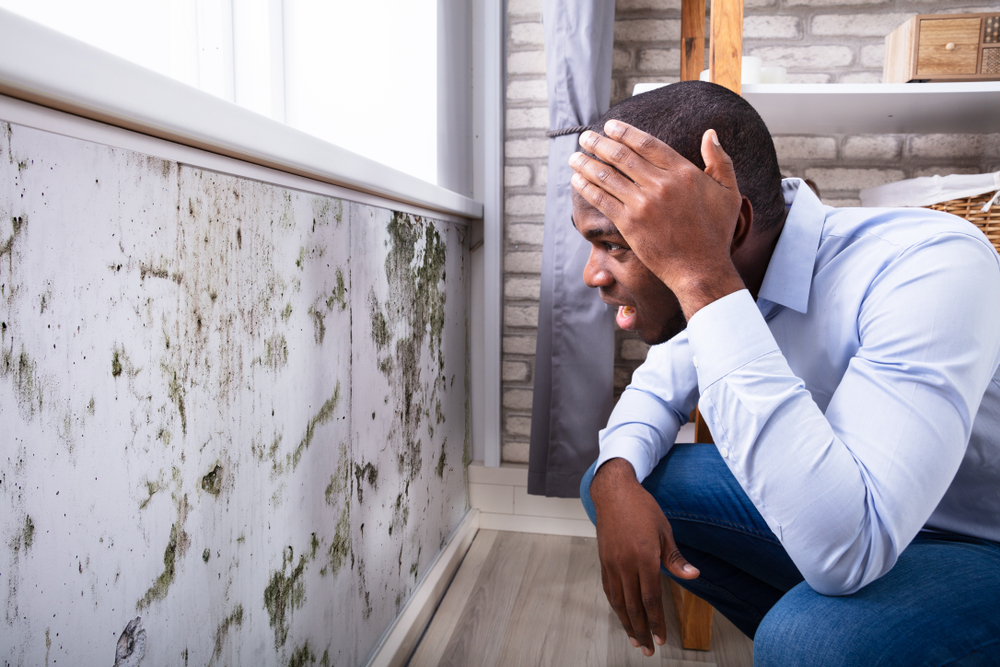
Whether to tackle a stubborn-as-can-be stain or to perform a deep cleaning, there are some seemingly suitable reasons to use commercial cleaners – at least, at first. However, that doesn’t mean you should simply grab one off the shelf and start pouring. There are serious risks involved if conditions aren’t right – you need plenty of ventilation, should wear protective gear, and always familiarize yourself with WHMIS training materials. These comprise of a range of rather unpleasant side effects.
Let’s look at some of the most serious ones together.
Increased VOC Count
Volatile organic chemicals, otherwise known as VOCs, should be kept to an absolute minimum in any home or business environment, regardless of what cleaner you use. The fewer there are, the cleaner and safer your indoor air is for human occupation. VOCs can lead to headaches, dizziness, allergic reactions, trouble breathing, and even the development of chronic health issues. Don’t take the risk – avoid using a commercial cleaner, especially indoors, if it can be helped at all. At the very least, use one that off-gasses as few VOCs as possible.
Eye Irritation
Some folks are hypersensitive to fumes produced by cleaning agents, especially those of a higher strength such as commercial-grade products. If the solution isn’t appropriately diluted – and it always should be – this can lead to serious eye irritation, redness, and possibly even infection. In this lies another risk element to occupants: the development of eye-related issues and, again, potentially intense allergic reactions.
Skin-Related Issues
Much the same as how the eyes can become a source of pain and irritation, the skin and scalp can also be negatively impacted by high-strength commercial cleaners of a caustic nature. This can lead to more serious issues down the road including rashes, poisoning (especially if they enter the bloodstream through a cut or wound), and even burns (usually caused by ammonia). Bleaches are some of the most dangerous in this regard, and you should avoid them at all costs.
Cancers
Cancer is a word that no one likes to use, but it’s a real threat and you should be kept aware of the risk level introduced by many commercial cleaning products. Many ingredients in such products tend to act as carcinogens, which are what lead to the growth of tumours in the body. Again, keeping VOCs to a minimum and using such cleaners as little as possible – and always diluting the solution – can help keep this risk lower, though you’re much better off avoiding certain commercial cleaners altogether and using greener alternatives.
Need help identifying your indoor VOC levels or other potential risks to your air quality? We’re happy to help with thorough, professional-grade inspections, after which we’ll provide well-informed recommendations on the next steps. Contact the Indoor Air Quality Ottawa team today to get started.






